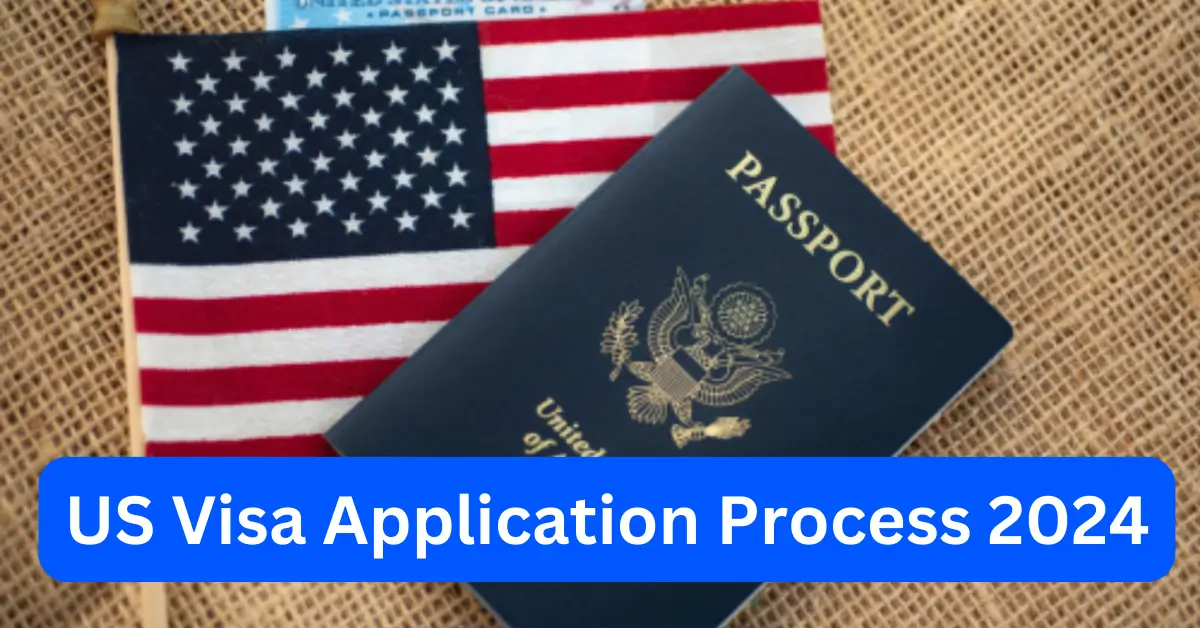US Visa Application Process for Students
Studying in the United States is a dream for many international students. However, before embarking on this journey, it is crucial to understand the US visa application process for students. This comprehensive guide will walk you through each step, from choosing a SEVP-approved institution to attending a visa interview. Let’s dive in and explore the intricacies of obtaining a student visa for the US.
Step 1: Choose an SEVP-Approved Institution
One of the first steps in obtaining a US student visa is to apply to a Student and Exchange Visitor Program (SEVP)-approved institution. Accreditation is essential to ensure that your degree is recognized globally. The US government’s Study in the States website is valuable for identifying accredited institutions. Unlike other countries, the US has no centralized application system, so you must apply separately to each institution of interest. Ensure you fulfill their admission requirements and provide proof of financial resources. Upon acceptance, the institution will enroll you in the SEVIS system, which leads us to the next step.
Step 2: Pay the SEVIS Fee
Before submitting your visa application, you must pay the SEVIS fee. Depending on the visa category, this fee, ranging from $180 to $200, must be paid at least three days before your visa application. The online or paper form for fee payment can be accessed through the US Immigration and Customs Enforcement (ICE) SEVP website. Ensure to input the required details accurately as they appear on your Form I-20 or DS-2019. A payment confirmation receipt is crucial as you’ll need it for your visa interview and other immigration-related processes.
Step 3: Complete the Visa Application
With your SEVIS form and SEVIS fee payment confirmation in hand, it’s time to complete the US student visa application. The online DS-160 visa application form is vital to the application process. It collects personal information, travel plans, educational details, and more. Ensure you have a suitable recent photograph that meets the requirements for uploading or printing. Answer all questions accurately, as any errors may require rescheduling your visa interview appointment. Upon completion, electronically sign the DS-160 form and save the confirmation page with your application ID number and barcode. This confirmation page is essential for your visa interview.
Step 4: Pay the Visa Application Fee
You must pay the non-refundable, non-transferrable visa application fee to proceed with your visa application. The Machine Readable Visa (MRV) fee, also known as the visa application fee, can be paid in person at an approved bank, by phone (receiving a fee confirmation number), or online (printing the receipt). The fee amount varies depending on the visa category, so review the instructions your embassy or consulate provides. It’s important to note that specific visa categories, such as F1, F2, M1, M2, J1, and J2, are not subject to the visa issuance fee based on reciprocity.
Step 5: Schedule and Attend the Visa Interview
The final step in obtaining a US student visa is scheduling and attending a visa interview. You can schedule your consultation online or by phone, providing your MRV fee number if necessary. You should plan your interview at the US embassy or consulate where you applied. However, the barcode from your DS-160 can be used to retrieve your information at any location. Ensure you have all the required documents for the interview, such as a valid passport, SEVIS Form I-20 or DS-2019, DS-160 application confirmation page, MRV fee payment confirmation receipt, visa interview appointment letter, and photographs meeting the specified requirements.
Additionally, be prepared to provide transcripts, diplomas, standardized test scores, and financial evidence demonstrating your ability to cover tuition and living expenses. During the interview, the consular officer will assess your eligibility and ask questions regarding your ties to your home country, English language skills, academic background, and financial resources. After the interview, you may need to undergo administrative processing, which can prolong the visa issuance timeline.
Using Your Visa in the US
Once you have obtained your US student visa, it’s crucial to understand its limitations and requirements. Remember that a valid passport does not guarantee entry into the US; it only allows you to travel to a US port of entry and request permission to enter. The Department of Homeland Security (DHS) Customs and Border Protection (CBP) officials determine whether you can enter the country. Always carry your visa-related documents, including your passport, Form I-20 or DS-2019, and visa, in your hand luggage. CBP officers may request these documents at the port of entry. Also, make final travel plans or purchase tickets to avoid disruptions once you have obtained your visa.
Frequently Asked Questions
Q1: How long can a US student visa process take? The processing time for a US student visa is approximately 6 to 8 months, depending on various factors. It’s crucial to start the application process well in advance to account for any delays.
Q2: Can I study on a visitor visa or through the Visa Waiver Program? No, studying on a visitor visa (B) or through the Visa Waiver Program (VWP) is not permitted, except for recreational study as part of a tourist visit. For comprehensive academic study leading to a degree or certificate, a student visa (F or M) is required.
Q3: Do I need to take the IELTS or any English proficiency test to study in the US? While English proficiency is essential for academic success, not all US universities require the IELTS or any other specific English proficiency test. Some institutions may have their language requirements or offer alternatives for demonstrating language proficiency.
Q4: Can I bring my spouse and children while studying in the US? Your spouse and children can accompany you to the US while you learn. They must also apply for dependent visas, obtain individual Form I-20s, and enroll in SEVIS. However, they are not required to pay the SEVIS fee.
Q5: What are the options for employment on a student visa? The F1 and J1 student visas allow for limited employment opportunities. F1 visa holders may work on-campus or off-campus with proper authorization. In contrast, J1 visa holders can work as part of their exchange program. M1 visa holders, however, are not eligible for employment.
Obtaining a US student visa is crucial to fulfilling your academic goals in the United States. By following the step-by-step process outlined in this guide, you can confidently navigate the application process. Remember to start your preparations well in advance, choose a SEVP-approved institution, pay the necessary fees, complete the visa application accurately, and attend your visa interview prepared. Good luck on your journey to study in the US!



